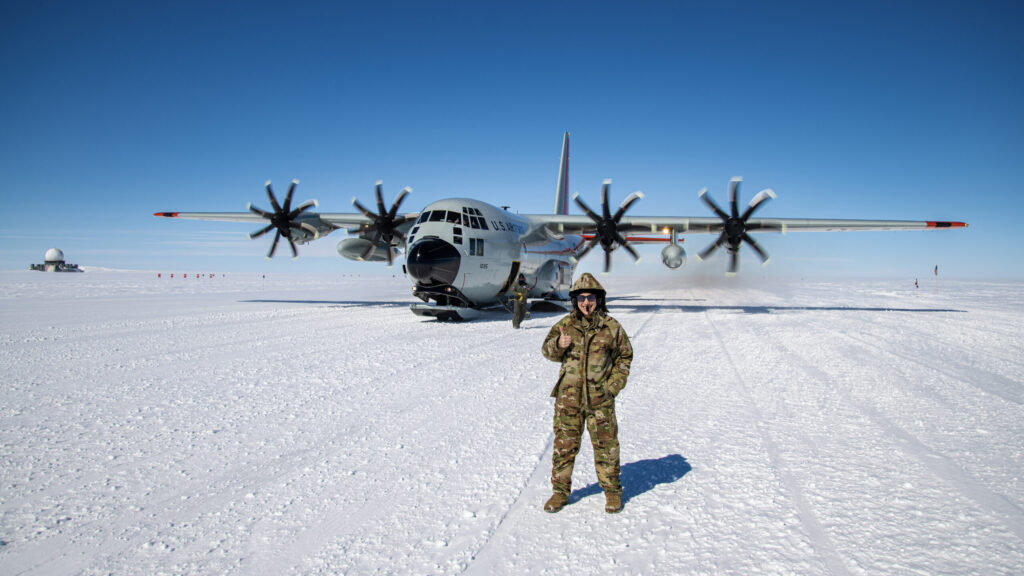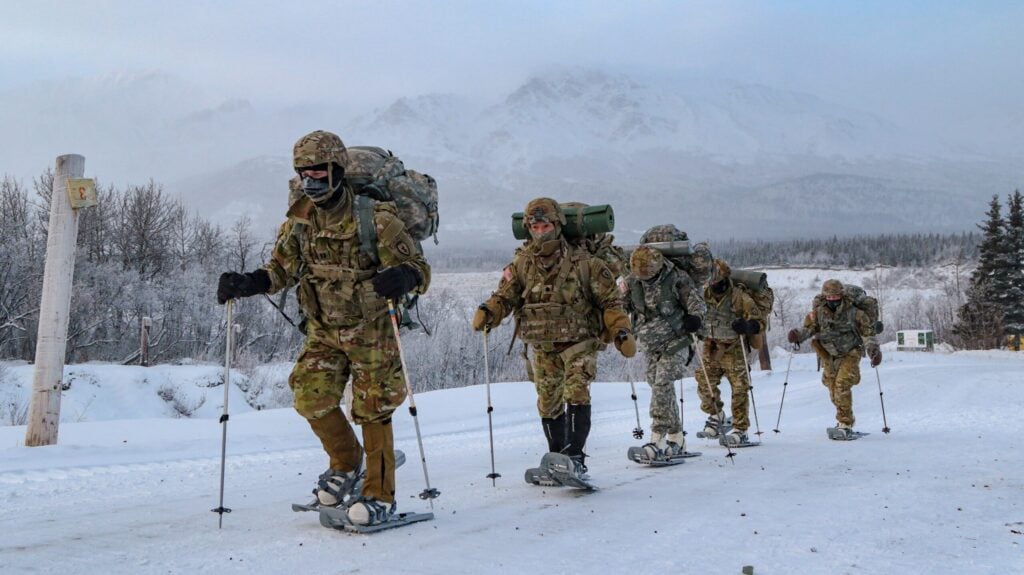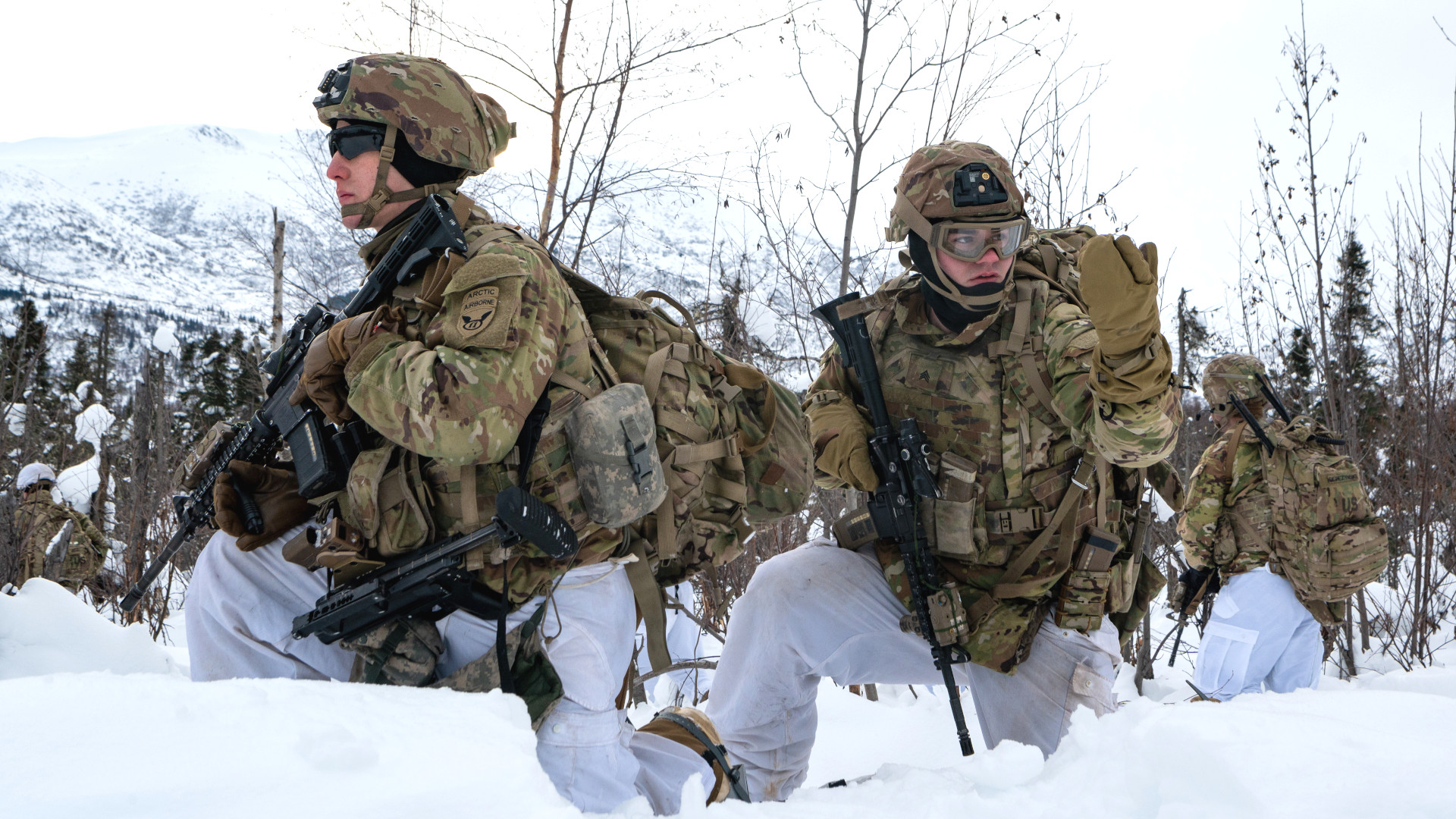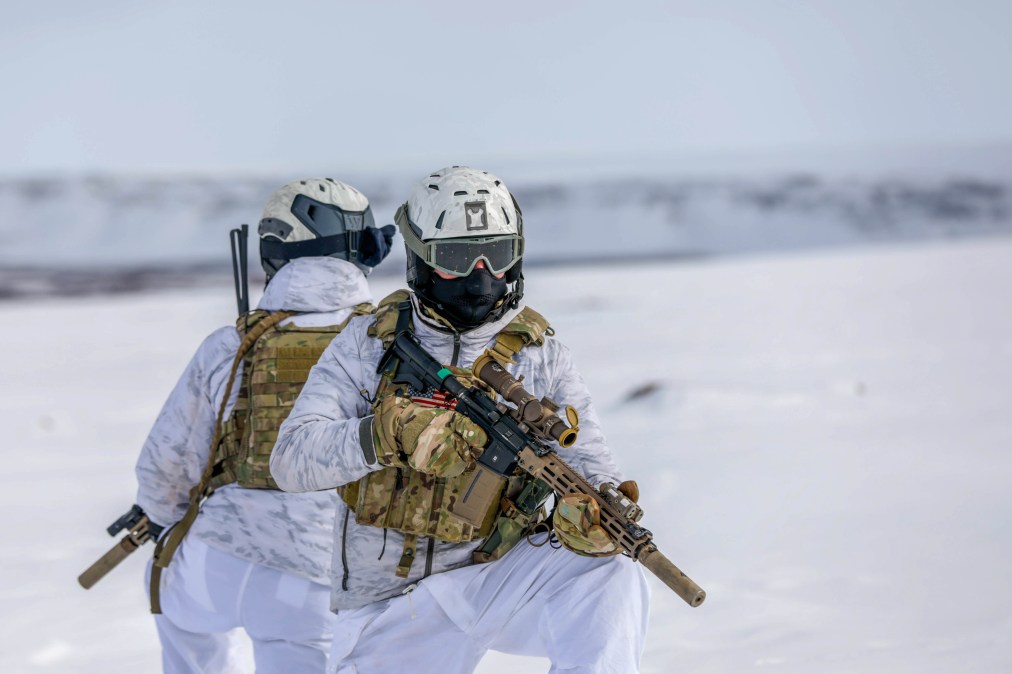daftandbarmy
Army.ca Dinosaur
- Reaction score
- 35,555
- Points
- 1,160
This is good news...
Jul 27, 2023
As containers were being offloaded from the MV Qamutik through Nunavut’s first deep-sea port in Iqaluit, residents of the city gathered to celebrate the port’s official grand opening.
“We can offload a lot faster than when we used to be at the beach,” said Marc Andre, vice-president of sales and marketing with the NEAS Group, consisting of both Nunavut Eastern Arctic Shipping and Nunavik Eastern Arctic Shipping.
The price tag for the port was nearly $85 million, largely buoyed by federal money. Construction started in July 2018 under the Provincial-Territorial Infrastructure Component – National and Regional Projects program.
Prior to the port’s opening on July 25, ships had to offload cargo through the sealift which would normally take waiting up to 12 hours a day for the tides and involve hauling a small barge back and forth between the shore and the ship. A process which stretched out to nearly three weeks for one such ship last shipping season, noted Andre.
“The infrastructure is very large, we have a lot more room, but most importantly it’s a safe environment for our workers, for the population. It’s very efficient. For us in the end, it’s a success so far,” he said.
While Nunavut’s other 24 communities still have to contend with the sealift, ships are expected to arrive earlier than in past years because of the faster offloading in Iqaluit.
“That means we’re a couple of days earlier in Kimmirut, in Pangnirtung, in Cape Dorset (Kinngait),” said Andre.
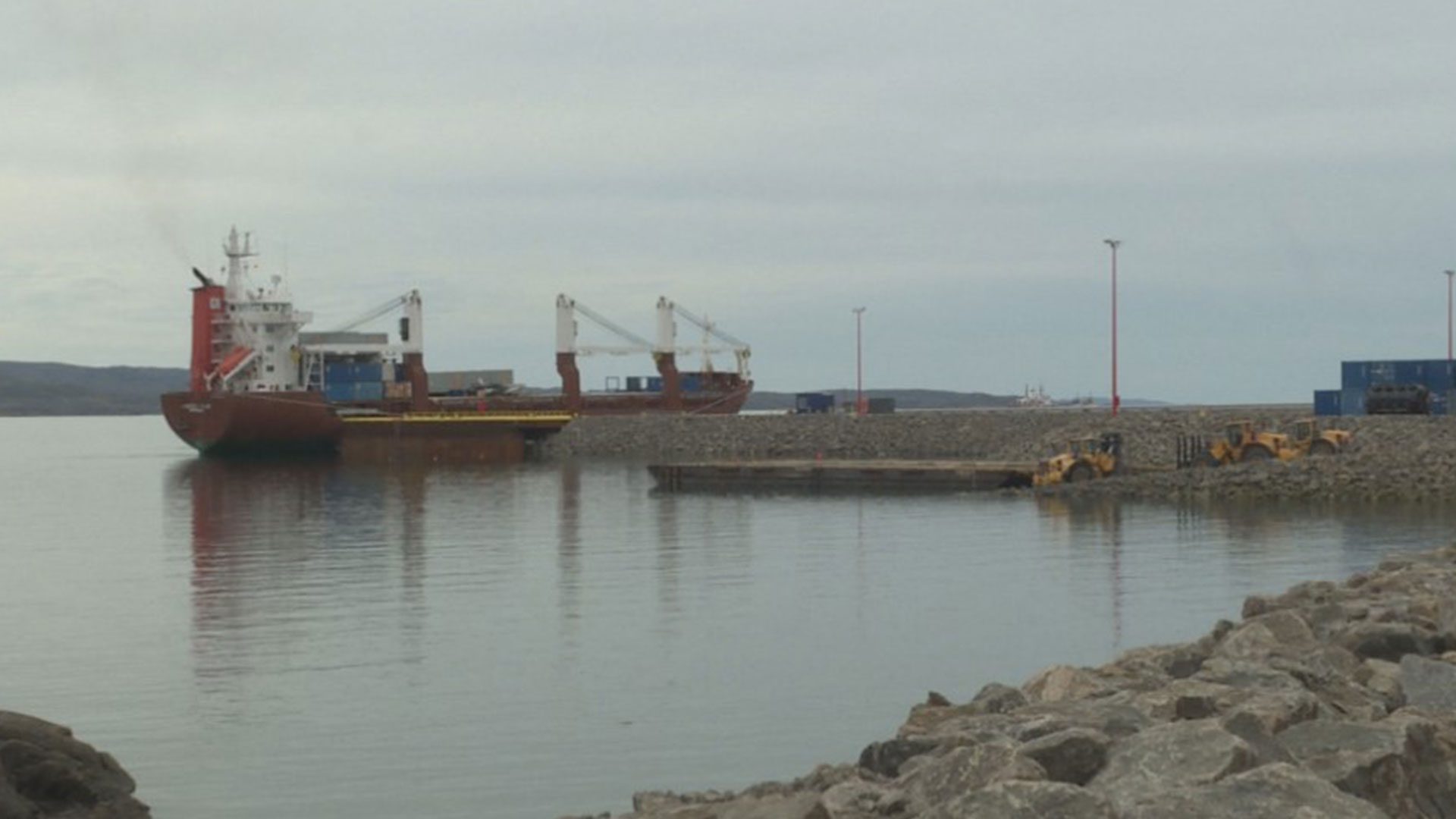
 www.aptnnews.ca
www.aptnnews.ca
After decades of plans and studies, Iqaluit’s deep sea port finally opens
By Trevor WrightJul 27, 2023
As containers were being offloaded from the MV Qamutik through Nunavut’s first deep-sea port in Iqaluit, residents of the city gathered to celebrate the port’s official grand opening.
“We can offload a lot faster than when we used to be at the beach,” said Marc Andre, vice-president of sales and marketing with the NEAS Group, consisting of both Nunavut Eastern Arctic Shipping and Nunavik Eastern Arctic Shipping.
The price tag for the port was nearly $85 million, largely buoyed by federal money. Construction started in July 2018 under the Provincial-Territorial Infrastructure Component – National and Regional Projects program.
Prior to the port’s opening on July 25, ships had to offload cargo through the sealift which would normally take waiting up to 12 hours a day for the tides and involve hauling a small barge back and forth between the shore and the ship. A process which stretched out to nearly three weeks for one such ship last shipping season, noted Andre.
“The infrastructure is very large, we have a lot more room, but most importantly it’s a safe environment for our workers, for the population. It’s very efficient. For us in the end, it’s a success so far,” he said.
While Nunavut’s other 24 communities still have to contend with the sealift, ships are expected to arrive earlier than in past years because of the faster offloading in Iqaluit.
“That means we’re a couple of days earlier in Kimmirut, in Pangnirtung, in Cape Dorset (Kinngait),” said Andre.

Deep sea port finally opens in Iqaluit
After decades of studies and five years of construction, the deep sea port in Iqaluit is open and accepting shipping goods.


